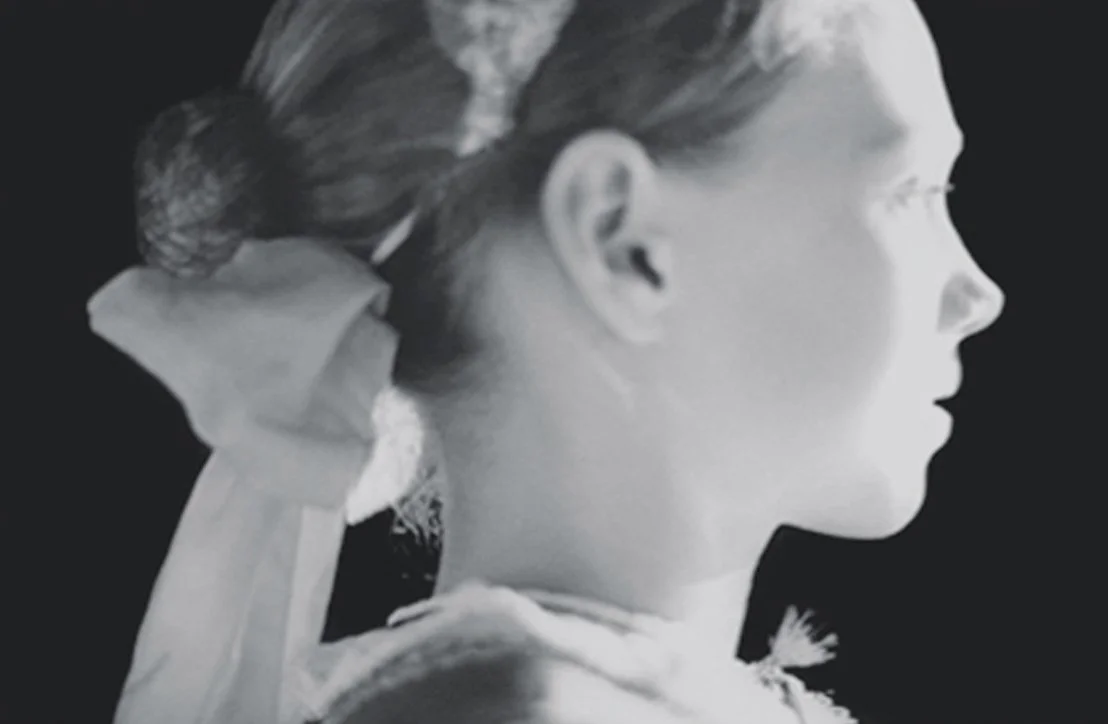About
I was in Paris for a series of editorial assignments and while there, imagined using Palaise Garnier, the historic opera house in the 9th arrondissement of Paris, as the backdrop for an editorial story inspired by the Phantom of the Opera (with ballet dancers). Palaise Garnier is an opulent structure with interiors painted in gold and seats upholstered in red velvet below a stunning chandelier. But while this building makes for a gorgeous setting for a performance, it was an even more perfect setting for my editorial conceit, or so I thought. Sadly, I learned that it was closed for renovation and wouldn’t be available for some time.
Along the way, someone sensing my disappointment mentioned to me that if I wanted to stage a similar scneario, I should go to Budapest and photograph the National Ballet at the Hungarian State Opera House. Later that day I found images of the richly decorated building built in neo-Renaissance style with Baroque elements and decided to find my way there. In the following days, I managed to gain contact with the GM of the Hungarian National Ballet and before I knew it, was on a train to Budapest with an invitation to photograph the company.
After an overnight ride, I arrived at the historic Keleti Pályaudvar, Budapest’s busiest railway station and got a cab to the State Opera House. This was only several years after the withdrawal of Soviet troops which had been temporarily stationed in Hungary for almost fifty years and the rigors of oppression behind the Iron Curtain were still present (buildings and infrastructure in general were not in the best condition, to put it mildly). But signs that a growing cultural shift was afoot were apparent in the form of glowing appendages stuck on to blackened Austro-Hungarian facades: Pizza Hut, MacDonald’s, Burger King, KFC.
I arrived at the theater with my backpack and camera cases and, per my instructions, located the large wooden door on the side of the building and knocked. Eventually I found my way to the Manager who I had contacted while in Paris, and after greetings, he escorted me to a studio to watch company class. I knew I was watching Hungary's leading ballet company, but I was surprised at the parochial style, which evolved via the influences of Hungarian folk dancing and Russian ballet. But I also sensed fragility in both the dancers and the place. I would later learn that the Company was weathering the effects of political changes that drove it to stage productions in cooperation with the opera company and with private funds. They may have been the National Ballet in title, but they were held together by string. After class, I encountered a male dancer who, much to my relief, spoke excellent English. He offered me a cot in his small one bedroom apartment where I stayed for ten days.
I took thousands of photographs: portraits, images of the theater, company class and rehearsals, costumes, posters, photographs of photographs, photocopies of handbills, backstage images, dressing room details and audiences. I also took pictures in and around the city too.
After I arrived back in the States, I developed the work and sent a box of 8x10 black and white prints to the company as a thank you. Following this, they invited me back to do a proper show of the work. This would be the first public exhibition. Lacking funds, I taped and clipped many of the prints to the wall – though a few of the prints were framed locally as a favor to the theater. We hung half the show in a very traditional theater-greeting hall and the other half in a large reception room adjacent to the theater café.
I now look at these photographs and see a Budapest that no longer exists. As a whole, they function as a strange kind of time capsule. The difficulty of locating them in historical time has renewed them for me and infused them with new mystery.























